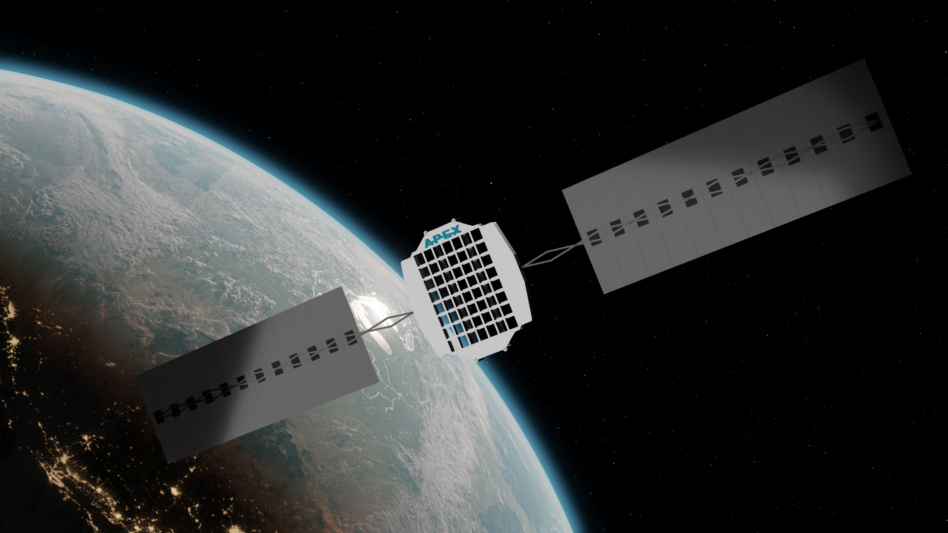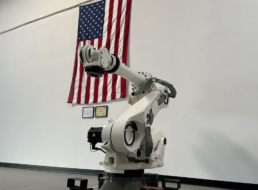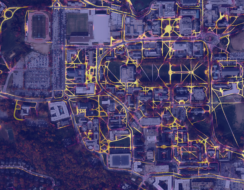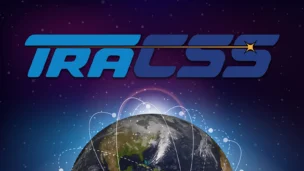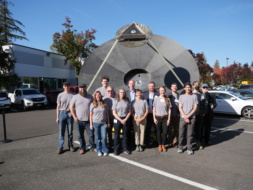Spacecraft manufacturing startup Apex announced today that it is beefing up its product line with Comet, its largest satellite bus to date.
Bus stats: Comet has a flat design that allows it to stack flat for launch, allowing more sats to ride on each rocket. It’s able to deliver 5 kW of power to payloads, making it well-suited for commercial and national security customers pursuing missions to LEO with high-power requirements, including direct-to-device constellations and advanced antenna systems.
“From cell phone towers in space for consumer technology [to] unique sensing missions, or as an interceptor platform for Golden Dome, Comet is the clear choice to accelerate the most ambitious space missions,” Apex CEO Ian Cinnamon said in a statement.
The Goldilocks effect: Apex now offers platforms in different sizes and configurations, aiming to ensure one will be just right for customers:
- The Aries, which can carry up to 150 kg (330 lbs) to LEO and 120 kg (265 kg) to GEO;
- Nova, which can carry up to 300 kg (660 lbs) to LEO
- Comet, which can carry more than 500 kg (1,100 lbs) to LEO
How we got here: It’s been less than a year since Apex announced it was entering the GEO market with a 200-kg (440-lb) ESPA-class vehicle built for that far-out orbit. Apex’s move into GEO is in response to customers operating in that orbit being willing to consider platforms that aren’t made-to-order for the first time, Cinnamon told Payload at the time.
The LA-based startup also closed a $200M Series C last month, led by Point72 Venture and 8VC. The significant funding news followed a major technical milestone for Apex: its first Aries bus celebrated its first operational year on-orbit in March.
